Nova Scotia's Centralized Education System Didn't Do Its Homework
Centralized education was supposed to save money and promote equality. Instead, it disconnected schools from their communities—and lied to us about it.
TLDR Summary:
Small Schools, Big Ideas: Why Rural Education Deserves the Spotlight
Education in North America is at a crossroads. In the United States, a growing debate questions the relevance of a federal Department of Education. Meanwhile, in Canada—where education has traditionally been a local or provincial responsibility—Nova Scotia is moving in the opposite direction, consolidating local school boards into a centralized, near-government provincial model.
The question is clear: Why are we heading toward top-down, one-size-fits-all governance when evidence suggests that personalized, localized solutions are the key to effective education?
The answer lies not just in the role of education as a service but in its unparalleled power to attract people, vitality, and growth to a community.
Schools as Anchors of Community Growth
It’s a truism in real estate: After "location, location, location," the next factor in choosing where to live is access to “good schools”. Schools don’t just educate; they define a community’s character, provide a measure of its health, and signal its future potential. The quality of local education is one of the most critical factors in where families decide to put down roots. A strong school doesn’t just serve children; it attracts families, spurs economic growth, and fosters the development of a vibrant engaged community.
For rural areas, this is even more critical. Many small towns are fighting against population decline, aging demographics, and economic stagnation. Investing in schools can reverse these trends. A thriving, innovative school can make a small town irresistible to young families, entrepreneurs, and professionals seeking a high quality of life and meaningful community connections.
One of the key promises President-elect Donald Trump made while campaigning for the White House was to abolish the US Department of Education.
The idea has been floated by Republicans for decades. During Ronald Reagan's 1980 presidential campaign, he pushed for it to be dismantled.
In this two-part essay, THE BEE explores an interesting and important but little-known difference between Canada and the USA, how it is changing, and how, ironically, our bureaucratic Liberal governments have made Nova Scotia a lot more American than we imagine.
1.
Those crazy extreme right-wing fanatics, this time around with so much broad-based popular support and control of every branch of government; they may just have the fascist power to… MAMLC.
MAMLC? Ma’am Lick?
Trump’s Big Education Plan: Make America More Like Canada
One of the most buzzworthy promises President-elect Donald Trump made during his campaign wasn’t about walls or tariffs—it was about schools. Specifically, his plan to abolish the U.S. Department of Education.
Cue the outrage.
Liberals wailed. Conservatives cheered. Pundits lined up to declare this the end of civilization or the beginning of freedom, depending on which cable network you were watching. The idea isn’t new—Reagan tried to pitch it back in 1980, and Republicans have been kicking it around like a political hacky sack for decades. But this time? Trump has the votes, the house-power, and, well, the courts to actually do it.
Naturally, critics framed it as the ultimate move by America’s radical right. A totalitarian flex. A fascist agenda. A play straight out of the Handmaid’s Tale. And it might be all of that. Or… it might be something much stranger.
Ladies and gentlemen, Trump’s radical plan is to Make America More Like Canada.
MAMLC (Ma’am-Lick?)
Yup. Trump’s big, scary, dangerous idea is basically the Canadian model. No federal Department of Education. Local control. No meddling bureaucrats in D.C. telling states what to do. Just good ol’ decentralized governance.
In Canada, this isn’t radical—it’s how the system’s been set up since the beginning. It was baked into the Confederation plan of 1867, back when Canadians were more concerned with fur trade tariffs than federal school boards. Education? That’s provincial business. Alberta runs its show (presumably on oil). Quebec does its thing (cosmopolitan culture, but only in French). Prince Edward Island has its own plan (probably involving Potatoes). The federal government? Hands off.
It’s such a quintessentially Canadian idea—pragmatic, decentralized, maybe even a bit dull. Which makes it all the more ironic that Trump, the brashest, loudest, least Canadian figure imaginable, is championing it.
Why Canada’s Model Works (Most of the Time)
The Canadian approach has its perks. Provinces tailor education to local needs. That means Quebec kids might read Le Petit Prince while Ontario students write essays about Tim Hortons’ cultural significance. Or whatever. The year I went to school in Toronto kids were mostly into hockey cards and banana seat bicycles.
And while Canada’s model isn’t perfect it avoids the kind of one-size-fits-all policy battles that have plagued the U.S (except all Canadian Indigenous schools are still, weirdly, federally run.).
Sure, there are disparities. Wealthier provinces like British Columbia spend more per student than smaller, resource-strapped places like New Brunswick. But the decentralized system avoids national fights over curriculum, standards, or whether you can mention climate change in a science class.
Meanwhile, in the U.S.
Trump’s plan to abolish the Department of Education isn’t just about bureaucracy—it’s part of a larger conservative dream. Republicans argue that federal control stifles local innovation, burdens states with unfunded mandates, and forces schools to comply with ideological agendas. They believe that without Washington meddling, states could create a more efficient, effective system tailored to their populations.
Critics, of course, see it differently. They argue that the federal government plays a crucial role in funding programs for disadvantaged students, enforcing anti-discrimination laws, and ensuring some level of national equity. Without federal oversight, they warn, inequality could skyrocket, and vulnerable kids could be left behind. In short… super Canadian sort of concerns.
And they’re not wrong. But here’s where it gets funny. The same progressives freaking out at Trump’s plan would likely feel pretty comfortable with Canada’s education system—no federal department, no national standards, no problem.
The True North Strong and Ironic
So, what’s the lesson here? Maybe it’s that ideas aren’t as scary—or as sacred—as they seem when viewed through a different lens. Trump’s plan isn’t uniquely American or authoritarian. It’s… kinda Canadian.
Of course, Trump’s critics will never admit it, and his supporters would stomp om their cowboy hats if they realized their Big Education Idea came straight across that undefended northern border. But for Canadians watching from the sidelines, it’s kind of funny.
In his bid to Make America Great Again, Trump may just make America a little more polite, pragmatic, and—reasonable.
And if the U.S. does adopt a Canadian-style education system, let’s hope Canada doesn’t ricochet the other way and try and make our education system into a more ‘big box’, one-size-fits-all bureaucracy that stifles local ideas and innovation and…
2.
Wait what?
Nova Scotia goes Big Box.
Before amalgamation, Halifax had multiple local school boards, each governing its respective area. These boards were deeply connected to their communities, allowing for localized decision-making that reflected the unique needs and priorities of different neighborhoods and towns.
Post-amalgamation: In 1996, the provincial Liberal government amalgamated Halifax Regional Municipality (HRM) and amalgamated its school boards into the Halifax Regional School Board (HRSB), now known as the Halifax Regional Centre for Education (HRCE). This shift centralized governance under a single regional entity, removing local boards and consolidating authority into one overarching body.
Implication: While centralization was intended to streamline administration and cut costs, it created a disconnect between schools and their communities. Local voices lost influence, and decision-making became more bureaucratic, often prioritizing uniformity over local relevance.
Amalgamation disproportionately affected schools outside the urban core.
Loss of Community Connection
Amalgamation diminished the role of community members in shaping school policies and operations.
Before amalgamation: Local school boards acted as a bridge between schools and their communities. Parents, educators, and local leaders had a say in how schools were run, fostering a sense of ownership and accountability.
After amalgamation: Decision-making moved to a centralized body with limited direct representation. The removal of elected school board trustees in 2018 further deepened this gap, as the HRCE now operates under the direct authority of the provincial Department of Education.
Implication: Many communities felt alienated, perceiving schools as less responsive to local concerns. This shift eroded trust and weakened the partnership between schools and their surrounding neighborhoods.
Urban focus: Centralized governance tended to prioritize schools in Halifax's urban areas, where population density and political pressure were highest.
Rural neglect: Rural and suburban schools often faced closures or funding cuts as part of consolidation efforts, with decisions driven by enrollment numbers and budget considerations rather than community needs.
Implication: The closure of rural schools not only disrupted education but also had broader social and economic consequences, as schools are often vital to the identity and sustainability of small communities.
The amalgamated system introduced layers of bureaucracy that complicated decision-making.
A System Adrift?
Amalgamation fundamentally altered the Halifax school system, shifting from a community-driven model to a centralized one. While the intent was to streamline operations, reduce costs, and promote equity, the outcomes have been mixed. The loss of local governance has alienated communities, and the centralization of decision-making often fails to meet the diverse needs of urban, suburban, and rural schools.
The Halifax experience serves as a cautionary tale: efficiency in education governance must not come at the expense of local connection, flexibility, and the unique character of schools that serve as vital community hubs.
Schools as Growth Catalysts
For rural communities, the stakes couldn’t be higher. A great local school is more than just an asset—it’s a growth engine. When families consider relocating, the presence of a strong, innovative school can make the difference between a town that thrives and one that fades away. No investment does more to attract the kind of growth every community wants: families committed to their children’s future and the long-term vitality of the place they call home.
Imagine a rural village with a school renowned for its creative curriculum, community involvement, and academic excellence. Such a school would be a magnet for young families, bringing with them energy, ideas, and economic activity. This is not just theoretical. Communities that prioritize education consistently see better outcomes in housing markets, local business growth, and overall quality of life.
Why Bigger Isn’t Better
By replacing local school boards with a centralized provincial system, Nova Scotia lost the unique potential of its small schools. Local governance allows schools to be agile and responsive, tailoring education to the needs of their communities. Centralized systems, by contrast, impose generic policies that rarely account for local realities.
In the U.S., the debate over federal control of education reflects a growing recognition of the failures of big systems. It seems paradoxical, then, that Nova Scotia would move toward greater centralization while others are rethinking it. The truth is simple: Education works best when it’s rooted in the communities it serves.
Rebuilding the Community-School Connection
A great school doesn’t just serve its students; it engages its entire community. Historically, schools were places where parents, local leaders, and experts invested their time and knowledge to nurture the next generation. Today, fear, liability concerns, and rigid policies have pushed communities out of their schools, leaving parents disconnected and students isolated from the broader wisdom of their neighbors.
Reinvigorating this connection is essential. Small schools could serve as hubs where local artisans teach workshops, farmers mentor students in sustainable agriculture, or retired engineers guide young innovators. These partnerships don’t just enhance education—they foster intergenerational bonds and strengthen the social fabric.
The Way Forward
The path is clear. Instead of sidelining local voices, Nova Scotia—and other regions—should be empowering them. Small schools can be transformed into incubators for new educational approaches, from flipped classrooms to hybrid models blending online tools with real-world projects. They can reconnect communities to their schools, redefine what education looks like, and help rural areas not just survive but thrive.
The challenge isn’t scaling education to fit everyone; it’s scaling solutions to meet the needs of specific communities. By investing in schools as core infrastructure, rural towns can attract families, energize their economies, and ensure a brighter future for all.
Good schools aren’t just about education. They’re about hope, opportunity, and the promise of something better—one small town at a time.
What Do You Think?
Do you believe small, locally run schools could transform education and revitalize our communities? What would a perfect school look like in your town or neighborhood? Have you seen examples of education systems—big or small—that really work?
Let’s talk about it. Share your thoughts, your stories, and your vision for what education could be. The future of our schools isn’t just in government hands—it’s in ours.
I’d love to hear from you. What’s your take?


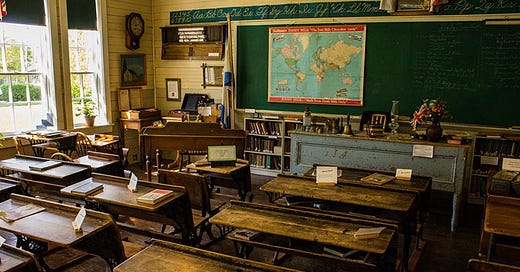





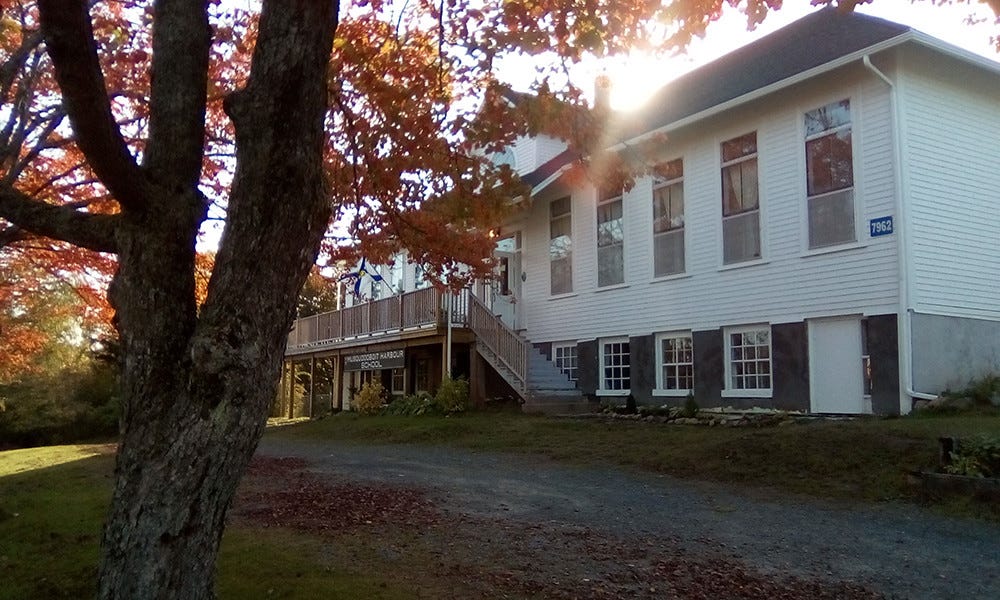
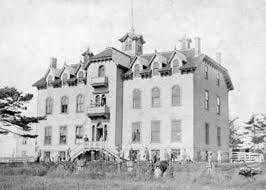
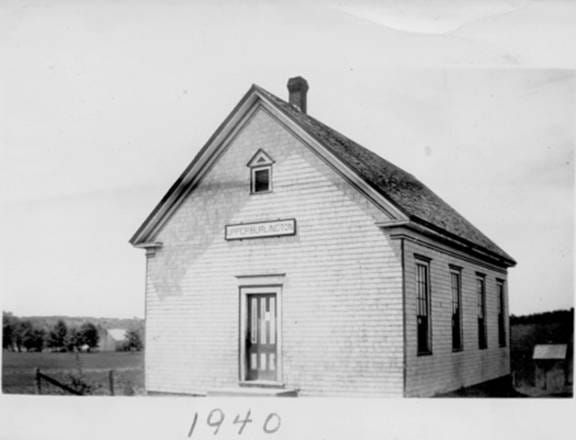
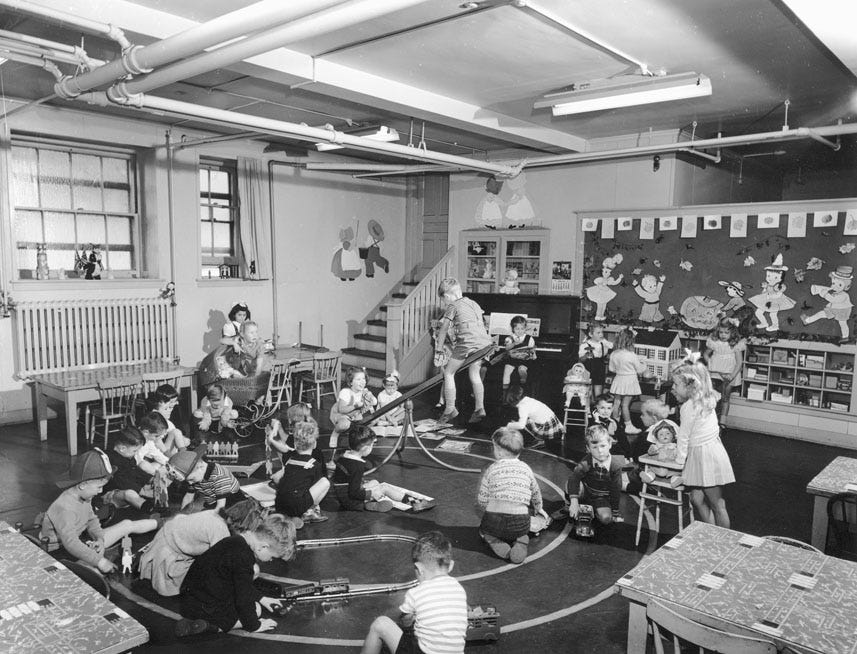
people move their whole lives, kids/dreams/work/home to South Shore NS because there is a Waldorf School in Blockhouse...a French School in Bridgewater...a Homeschooling Pod in Blockhouse, and from time-to time there are outdoor classroom programs in Lunenburg County. Diverse educational opportunities foster socio-economic resilience and vitality.
100%
Perceived Economy of scale does not always achieve better product.